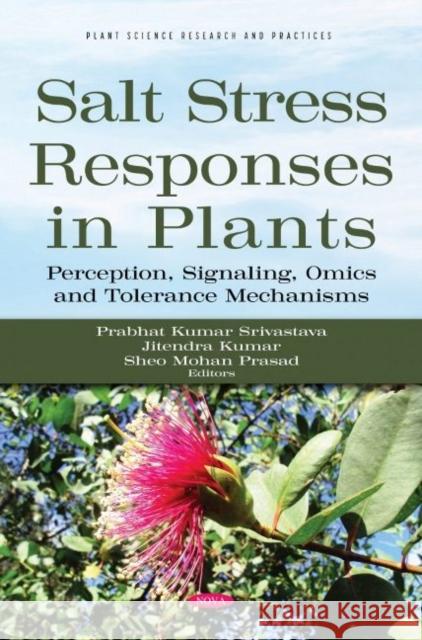Salt Stress Responses in Plants: Perception, Signaling, Omics and Tolerance Mechanisms » książka
Salt Stress Responses in Plants: Perception, Signaling, Omics and Tolerance Mechanisms
ISBN-13: 9781536198898
Intense farming and irrigation practices are important causes of salinity which limit plant growth and productivity. Salinity has now impacted 6% of the total and 33% of the irrigated land. The severest salinity problem has arisen in semiarid or arid lands when they were subjected to excessive irrigation which turned hundreds of hectares of cultivated fertile lands into saline lands. When a change in salinity around the environment of a plant exceeds to a certain threshold level, the morphology and physiology of the plants are affected. This book emphasizes the menace of salinity in agriculture and crop production. It encompasses various studies on plants sensitive to salt (glycophytes) and tolerant to salt (halophytes). This book includes diversity of glycophytes and halophytes, effects of salinity on different stages of growth and development, ion homeostasis and cellular ion transport, their photosynthetic responses, effects on biological nitrogen fixation, redox regulation and phytohormonal adjustment, and significance of mineral nutrients in combating salinity in food crops. The most significant feature of the present book is its extensive coverage of genomics, metabolomics, ionomics, proteomics and transcriptomics approach, which provides a better understanding towards salt and its interaction with plants. This book is beneficial for students of stress physiology, environmental sciences, agronomy, life sciences and crop sciences at the university level.











